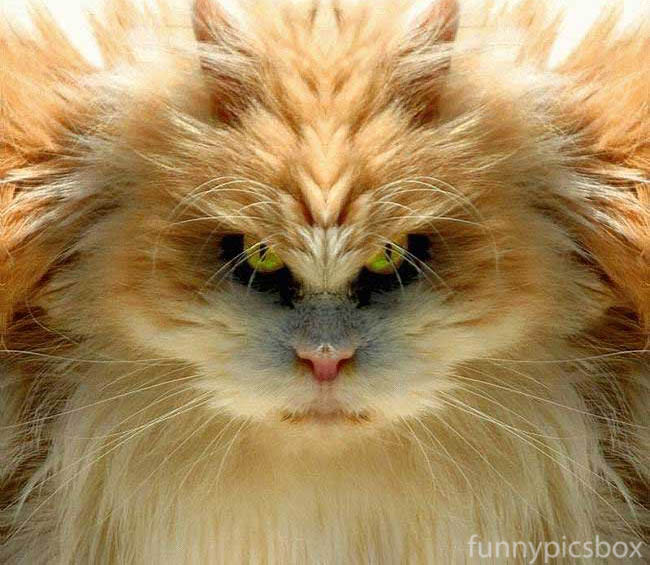
Cat litter and litter boxes play a critical function in the lives of both cats and their owners. From the simple starts of sand and soil to the ingenious advancements of today, the world of cat litter has developed considerably. In this thorough guide, we explore every element of cat litter and litter boxes, exploring their history, types, advantages, challenges, and everything in between.
The history of cat litter dates back centuries, with ancient civilizations using sand, soil, and even ashes as primitive litter materials. However, it wasn't until the mid-20th century that modern cat litter as we know it emerged. In 1947, Edward copyright introduced the world's first commercial cat litter made from absorbent clay, revolutionizing the way cats relieved themselves indoors. Since then, cat litter has undergone numerous transformations, with the introduction of clumping litter, silica gel litter, eco-friendly alternatives, and more.
Today, feline owners are ruined for choice when it comes to picking the ideal litter for their feline buddies. Conventional clay litter remains popular for its cost and efficiency in taking in odors. Clumping litter, which forms solid clumps when wet, simplifies cleansing and upkeep. Silica gel litter, composed of highly absorbent silica crystals, uses exceptional odor control and longevity. Biodegradable alternatives, such as recycled paper, wood pellets, corn, and wheat, interest ecologically conscious consumers.
Each kind of cat litter uses unique advantages. Clay litter masters its capability to absorb wetness and control smells, making it a dependable choice for numerous cat owners. Clumping litter streamlines everyday scooping and extends the Covered Litter Boxes time between total litter changes. Silica gel litter provides extraordinary smell control and can last longer between replacements. Biodegradable litters use a sustainable alternative that minimizes environmental impact.
While cat litter boosts indoor feline hygiene, it is not without its obstacles. Dust from clay litter can position respiratory threats for both cats and human beings, triggering the appeal of dust-free alternatives. Some felines may develop litter box hostility due to issues with texture, aroma, or tidiness, requiring experimentation with different litters and box setups. Multi-cat households might require tactical litter box placement and regular maintenance to avoid territorial conflicts and make sure all cats have access to tidy facilities.
Picking the suitable litter box is essential for promoting favorable litter box habits and general feline wellness. Factors to consider consist of size, accessibility, and style preferences. Covered litter boxes offer personal privacy and assistance consist of odors, however some felines may discover them confining or daunting. Open-top litter boxes use easy gain access to and visibility however might result in more litter scatter. Automatic self-cleaning litter boxes simplify maintenance however need regular tracking and maintenance.
Proper litter box maintenance is crucial for making sure a clean and welcoming environment for both felines and their owners. Daily scooping eliminates waste without delay, reducing smell and discouraging litter box aversion. Routine litter replacement, normally every 1-2 weeks, prevents bacterial accumulation and keeps optimal absorbency. Comprehensive cleansing with moderate detergent and water, avoiding severe chemicals that cat litter robot might prevent felines from utilizing the box, ought to be carried out monthly.
Cat litter and litter boxes play a main function in cultivating a healthy and harmonious relationship between felines and their human buddies. With a varied array of litter choices and litter box styles available, cat owners have the flexibility to customize their choices to fit their felines' choices and household needs. By comprehending the advancement, types, advantages, and challenges of cat litter and litter boxes, pet owners can provide their feline pals with a comfy wood pellets cat litter and sanitary indoor environment.